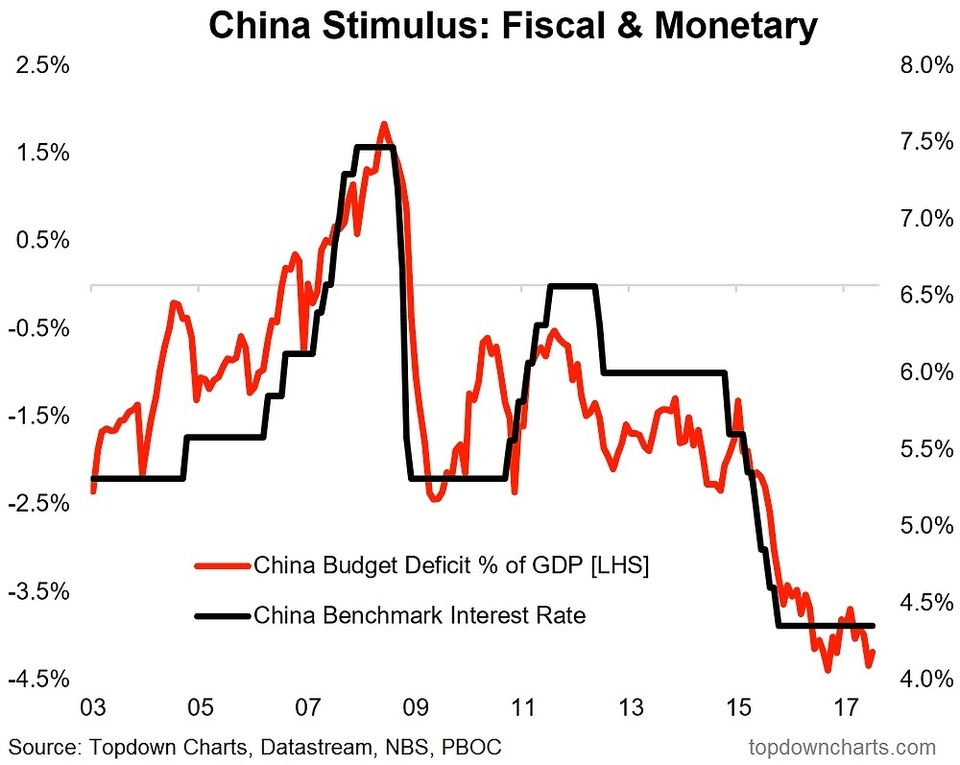
China is the world’s second-largest economy and has been growing at an impressive rate over the past few decades. According to a report by KPMG China, China’s GDP grew 5.5% year-over-year (yoy) in 2023 H1, posting a steady economic rebound. In Q2, the economy rose by 6.3%, up from 4.5% in Q1, largely thanks to a low base. However, the country is currently facing some economic challenges. In a recent speech, Chinese leader Xi Jinping acknowledged that companies have had a “tough time,” and that people have had “difficulty finding jobs.” The property market is a major contributor to China’s economic problems. Until recently, real estate accounted for a third of its entire wealth. A global pandemic and a shrinking population at home are not good ingredients for a program of relentless housebuilding. The government, fearing a US-style 2008 meltdown, then put limits on how much developers could borrow. Soon they owed billions they could not pay back. Now demand for houses has slumped and property prices have plunged. This has made Chinese homeowners – emerging from three years of tough coronavirus restrictions – poorer .
Despite these challenges, China has been investing heavily in “future industries” such as artificial intelligence, biotechnology, and new energy vehicles. In 2021, “future industries” was included in China’s Outline of the 14th Five-Year Plan (2021-25) for National Economic and Social Development and Vision 2035. At present, seven provinces and municipalities as well as more than 20 prefecture-level cities nationwide have issued more than 30 policy documents relevant to future industries .
In conclusion, China’s economy has been growing at an impressive rate over the past few decades, but it is currently facing some economic challenges. The country is investing heavily in “future industries” to help spur economic growth in the coming years.
